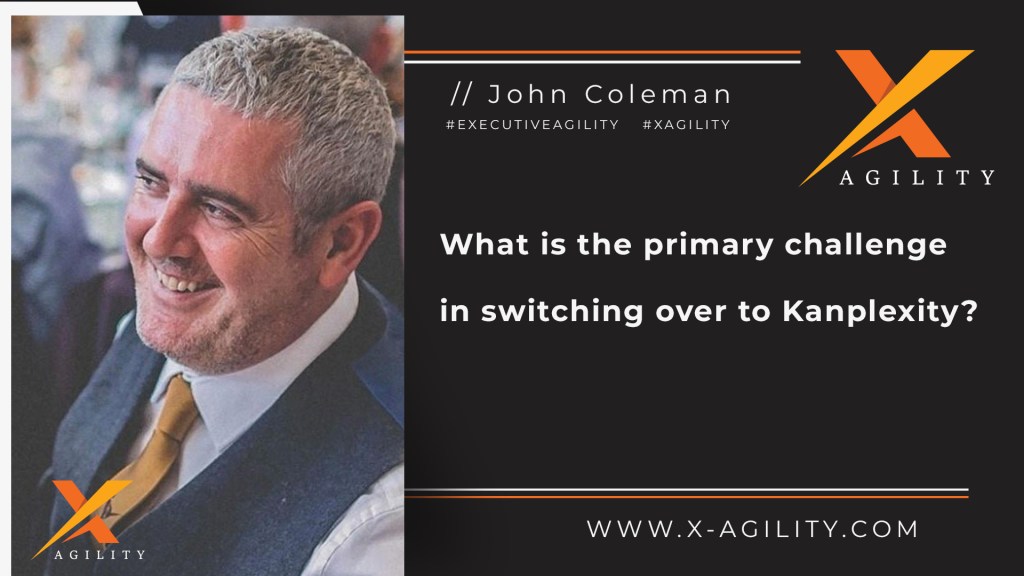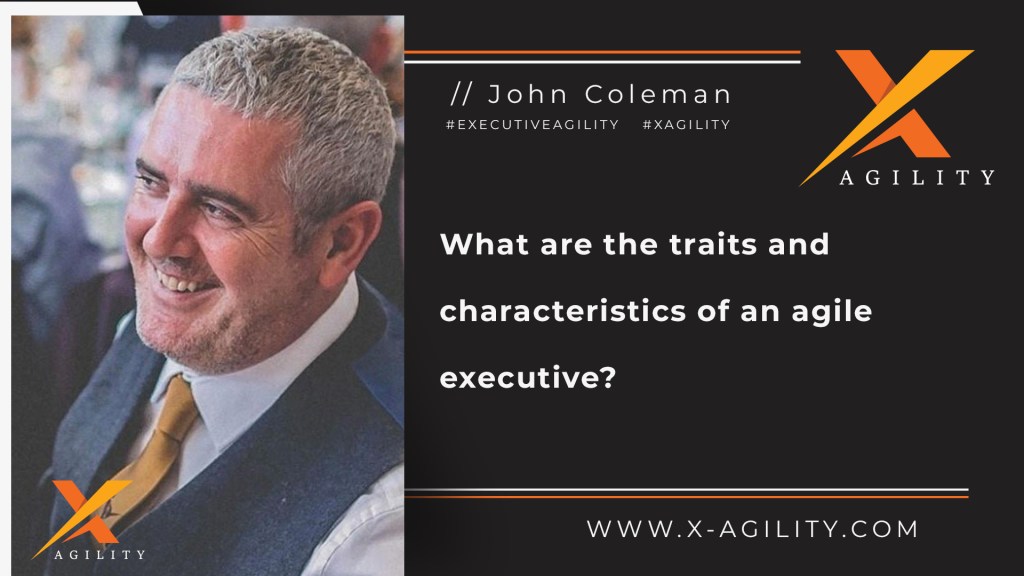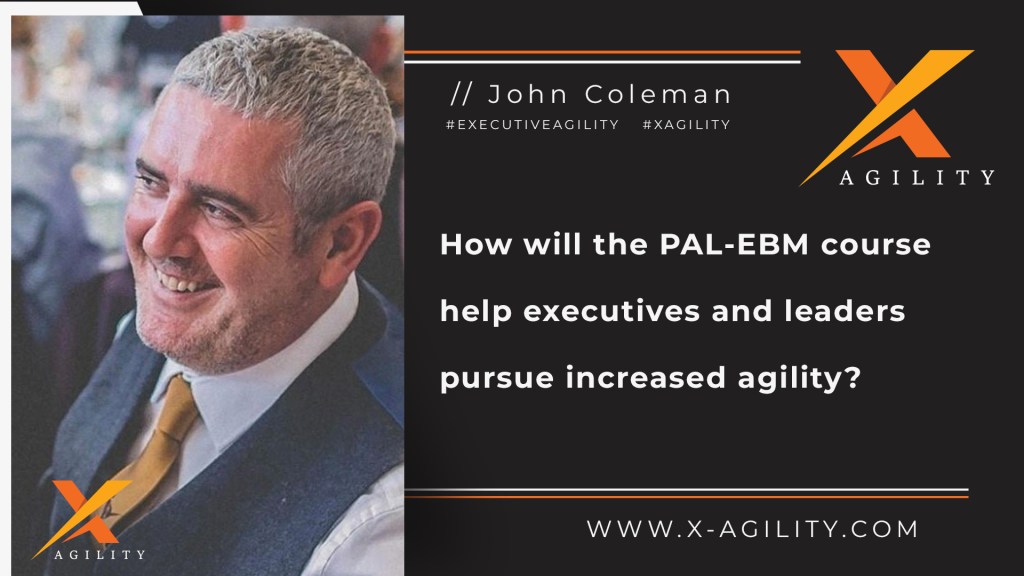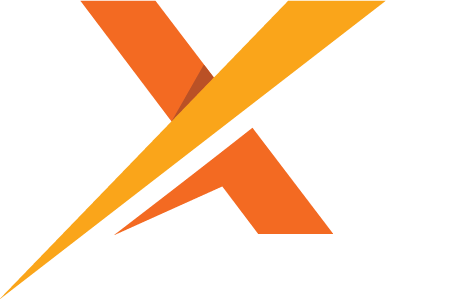How is Kanplexity different to simply adopting Kanban as a stand-alone framework?
Kanplexity is an alternative approach to project management and product development, developed by Agility Chef John Coleman, to help organizations grow agile capabilities and deal more effectively with complexity and uncertainty.
Kanban
Kanban is a stand-alone agile framework that primarily focuses on helping organizations with flow, primarily through a visual, pull-based system.
There are three important practices of Kanban:
- Define your workflow, which becomes your Kanban board.
- Actively manage the work.
- Review and improve.
Define your workflow.
This is where you identify the various phases work must pass through from conception to customer.
On each of the work items, you will also articulate everything that as needed for that item of work to pass from phase 1 to phase 2 to phase 3 and so forth.
Scrum refers to that as a definition of done, but in Kanban we would talk to the specific criteria that must be met in order for the work to flow through each phase of development to delivery.
Actively Manage the work.
Agile is an intense focus on creating products that truly delight customers. It’s about getting things done, in the most valuable way, at the most valuable time for both the customer and the organization.
This requires deep expertise, creativity, a collaborative approach to managing work.
Kanban allows us to be adaptive and responsive. The kanban board isn’t a que. We aren’t focusing on first in and last out, we are instead making decisions about work relative to the customer and organizational objectives we have agreed upon.
So, we might tackle work items which are ageing a bit too far, or we may prioritize work items because our client is suffering intense disruption in the market and requires these elements immediately. That takes priority over work we have pulled into the system prior to that work.
And so forth.
Review and improve.
Empirical Process Control lies at the heart of agile. The pillars of transparency, inspection, and adaptation are central to the idea of continuous improvement and agility.
Kanban is no different.
We make work, language, and objectives visible and then we frequently inspect what we have done, how we have performed, and how well work flows throughout the system.
We then inspect the data that we have gathered, the feedback we have received, and our own team’s reflection on what is working versus what needs our attention, and use that data or evidence to inform what we do next.
What is the next best thing we can do based on what we have learned. How can we improve the flow of work throughout the system, and what needs our attention because it is disrupting the flow of work and value to customers.
Navigating Complexity
So, kanban on its own is already helping you to deal with complexity.
You are already receiving lots of signal on how effectively the team are creating or capturing value, and the system is highlighting where you are experiencing problems, bottlenecks, or organizational constraints that impact the delivery of value.
Because it is a pull-based system (where experts select the next most valuable work item) rather than a push-based system (where the most senior person delegates work to others) we already see a great deal more effectiveness because experts are making decisions based on what the most valuable work might be, whether this is the most valuable time to be performing that work, and whether organizational constraints might block an item and stem the flow of work.
Improved effectiveness. Improved efficiency. Improved productivity.
Kanban Limitations
In my experience, kanban is missing a compass.
It doesn’t tell you how to navigate complexity nor does it provide you with a north star that can guide you through turbulent storms.
Cynefin is a wonderful sense-making framework, developed by Dave Snowden, that I and countless other agility specialists use to help navigate complexity. An effective and useful compass.
- What might be the right approach given the complexity and uncertainty we face?
- What might be the most effective leadership stance given our objectives and challenges.
- What is the most valuable thing we can do right now?
- Do we bring all the experts into the room and allow them to get on with it?
- Do we simply delegate a task because it’s been mastered years ago by the team?
- Do we need fresh thinking and a new perspective to solve this problem?
- Do we need a dictatorial approach to push through this barrier?
- Do we need less people on the team to deal with chaos effectively?
And so forth.
A lightweight agile framework with gentle guardrails is great for product development but given the increasing degree of complexity and uncertainty we face, we need a compass that can guide us and provide us with insight into what would be the most appropriate step to take in this moment.
A diagnostic tool in some ways, it allows you to articulate what you are experiencing, what category that falls into, and what steps you could take that would empower you to do the next best thing.
Kanban doesn’t do that on it’s own, which is why Kanplexity has been created to partner with this powerful agile framework in helping teams become more effective, creative, and collaborative.
Kanplexity
Kanplexity identifies a guide, an agile leader if you like, that will guide the project management, product development, and leadership teams through complexity.
Ideally someone who embraces agile values, agile principles, and demonstrates all the behaviours, traits, and practices of a solid, agile leader.
Someone who knows how to read the complexity compass and knows what to lead for, what to facilitate for, and how to organize around value delivery.
- They know what to optimize for.
- They know what to measure.
- They know what to encourage.
- They know what to discourage.
- They know what behaviours lead to discovery and breakthroughs.
- They know what behaviours lead to burnout, conflict, and poor outcomes.
Kanplexity also provides strong guidance on how to create environments where agility can thrive and grow.
You can have the best kanban teams in the world, but if the environment is toxic and the organizational systems and policies are poorly designed, you are setting them up to fail.
Kanplexity recognizes that we don’t need to create artificial accountabilities such as a scrum master or product owner. We already have great people in the organizations who have mastered their craft and demonstrate great competence, capability, and leadership in their sphere of expertise.
Can a project manager embrace agility and play a strong role in Kanplexity? Yes.
Can a product manager embrace agility and play a strong role in product development and innovation? Yes.
So, we don’t need to send people on certification programs to become a certified role or accountability. It isn’t necessary. Kanplexity starts where you are, employs what you have, and provides a compass for growing agility, navigating complexity, and creating through uncertainty.
Kanplexity creates a strong home for managers, project managers, and traditional leaders. It also enables organizations to scale agility. It enables teams of agile product development teams to work together and produce products and features that truly delight customers.
It provides very clear guidance on how multiple teams can work together effectively.
There are practical and pragmatic guides about what patterns you can adopt, what works favourably, what should be avoided, and what you could experiment with to create the right mix.
So, Kanplexity is the glue that binds the team together and cultivates agile behaviours, practices, and outcomes.
About John Coleman
https://linktr.ee/johncolemanxagility – social and podcast links
https://linkpop.com/orderlydisruption – order training from right here
If you are interested in helping your team or organization achieve greater agility and want to explore agile training options, visit our training page.
If you value coaching and would like to work with a deeply experienced agile and executive coaching specialist, visit our coaching page.
If you are looking for an agile consultant that can help your leadership team identify an appropriate roadmap to organizational agility and take the most effective course of action in your agile transformation, visit our consulting page.
#agile #leadership #agileleadership #certifiedagileleadership #professionalagileleadership #psm #psm2 #scrum #scrumorg #xagility #executiveagility #xagility





